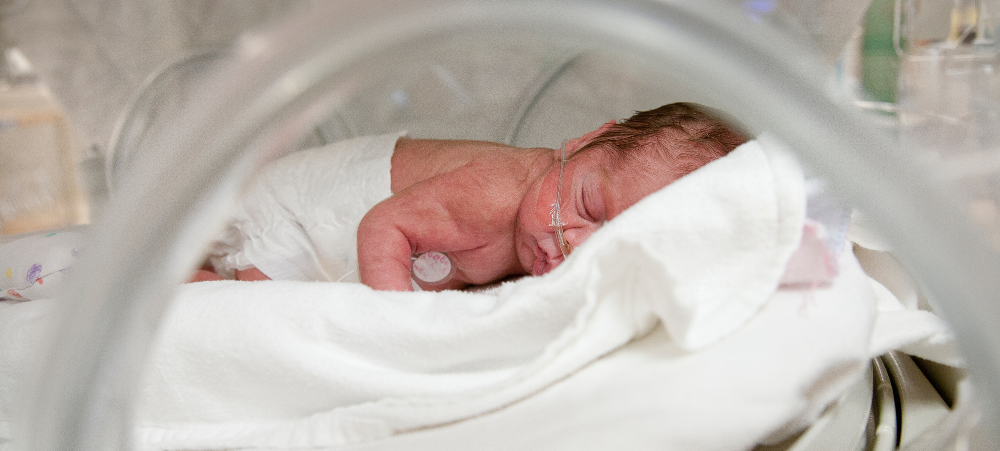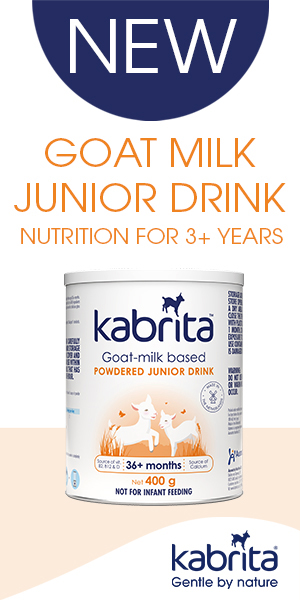
Tummy Time
As a new parent, you have more than likely been told by your doctor that baby needs to always be on his/her back when being put down to sleep or take a nap. However, it is just as important that baby does spend time on his/her tummy during the day whilst awake and during periods of time where mom or dad can supervise. Babies now spend much of their days on their back on relatively hard surfaces – at night, in a crib or bassinet, or in a bed; during the day, in a pack and play, car-seat and stroller. All of this time on their backs can lead to a flattening of the back of the head. It also leads to weaker neck muscles, as the baby never has a chance to exercise their neck lying on their back. Because of this, baby experts and health professionals now call for a prescribed amount of tummy time for baby each day, allowing baby to strengthen their neck and take the pressure off the back of their head for a while. Since your baby will be spending so much time laying on his/her back, tummy time will help to strengthen their little neck muscles which will ultimately assist in achieving other physical milestones. So what is tummy time, we hear you ask? “Tummy time is when your infant lays on his (or) her stomach while supervised,” says Wendy Wallace, DO, a paediatrician at The Children’s Hospital of Philadelphia Care Network. Tummy time includes a variety of activities, positions, and routines to keep your infant spending a significant amount of time on his/her tummy. Whether or not they enjoy it, and it seems most don’t at first, your baby needs this time to practice lifting their head, then pushing up from the ground. Experts say that they have found that babies who don’t spend time on their tummy’s can experience certain development difficulties with their motor skills. Facing down is an unfamiliar position for baby and so it’s natural for baby to feel uncomfortable and perhaps even abandoned. And this is where ‘Baby Wearing” is proving to be more beneficial for baby. “Baby wearing” doubles as tummy time, and if you’re wearing baby for an hour, or a number of hours, each day, they receive much more exercise for their little neck and back than they would have during the prescribed amount of tummy time. The added benefit is that because baby is being kept of his/her back, there is less chance of developing a flat head. When a baby is in a sling, especially once they are in an upright position, which is possible from birth and ideal from four or six months and up, their core muscles are constantly engaged as their parent moves and goes about their day. Though baby’s body is well-supported, safe and secure in the carrier, small shifts in their parent’s body position cause them to shift as well, in turn strengthening their muscles. They also lift their heads to see or to turn their head, which strengthens their neck in the same way tummy time would. The Hugseez from BabyLegends is an absolute must for baby wearing. Manufactured in South Africa the Hugseez is highly recommended. It has been specially designed to carry baby against mom, in the most comfortable and comforting manner. Baby is kept close to mom’s heart and yes, dad can carry baby in the Hugseez too! Available in colours to suit your taste, you can visit www.babylegends.co.za to place you’re your order.






























